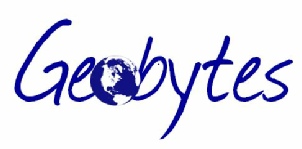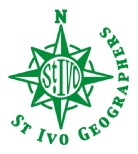Well done to our Year 13 on having handed in their NEAs! Year 9 Options - please do visit our Options page under KS4 "Choosing GCSE Geography" for our booklet and video



St Ivo Geography Department Online Portal
“Geography is the subject which holds the key to our future” - Michael Palin
Head of Department - Mr R Chambers


2. Bridge between two continents
Having left Krysuvik we then made our way further round the coastline area to an area known as the “Bridge between two continents”. Here, at the Midlina Mid-point, the North American plate is moving to the west and the Eurasian plate to the left, drifting apart at 2cm/yr. There is a 15 metre footbridge which spans the gap between the Eurasian and North American plates. As the two plates are continuously drifting apart they create linear fractures known as fissures as they do so. Here at the Bridge between two continents, there is a major fissure over which the bridge passes. The bridge was built to symbolise the connection between Europe and North America.
This was our final visit of the tour before making our way back to Keflavik airport where we caught our return flight back to the UK leaving behind the spectacular and unique landscapes of Iceland.
DAY 4 - Geothermal and Tectonic Landscapes
The fifth and final day of our Iceland experience saw us journey back towards Keflavik airport and the Reykjanes Peninsula area where our adventures originally started.
1. Krysuvik mud puddles
Our first top was to a geothermal field Austurengia also known as Krysuvik. The temperature just below the surface here is 200oC and the water is boiling as it emerges. We visited the Seltun area where boardwalks led us around an area of hot springs and mud pots. We were greeted by a rather pungent smell of hydrogen sulphide from the steaming sulfuric solfataras (volcanic vents). The area has stunning hydro thermally altered rocks characterised by a rainbow of colours and sulphur deposits.




